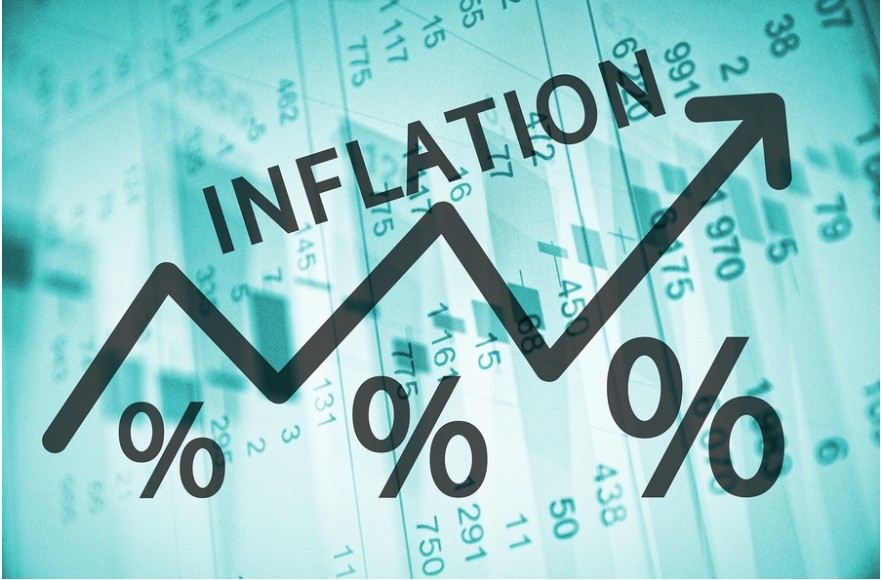For en gang skyld kom der et fald i inflationstakten i USA, og det førte til en positiv udvikling på obligations- og aktiemarkedet. Men Scotiabank advarer investorerne mod at tro, at det vil gøre centralbanken blød i knæene. En enkelt forbedring af inflationen vil ikke få Fed til at ændre kurs, mener banken.
Uddrag fra Scotiabank:
Did Markets Over-React to US CPI?
- US CPI surprised lower for a change…
- …and markets may be prematurely judging Fed implications in August trading
- US CPI, m/m SA // y/y % change, July:
- Actual: 0.0 / 8.5
- Scotia: 0.4 / 8.9
- Consensus: 0.2 / 8.7
- Prior: 1.3 / 9.1
- US core CPI, m/m SA // y/y % change, July:
- Actual: 0.3 / 5.9
- Scotia: 0.6 / 6.1
- Consensus: 0.5 / 6.1
- Prior: 0.7 / 5.9
US CPI inflation surprised lower for a change. That prompted out-sized movements in markets because a) the Fed has conditioned markets to attach excessive importance to every backward-looking data wiggle, b) markets have adapted to positioning toward persistent upside surprises and had to quickly cover, and c) it’s August! Being August, this recap will be short.
US 2s rallied by about 17bps and 10s rallied by about 7bps in a bull steepener move. S&P 500 futures took off by about 1¼%. The dollar depreciated by about ¾% on a DXY basis.
It’s premature to judge whether the Fed’s next move in September will be a 50 or 75 point hike given that we’ll get one more PCE reading which is the Fed’s preferred measure, one more CPI print and another jobs report before then plus the fact that September often carries its own surprises along the way.
At this point, a reasonable perspective would lean heavily against the view that one softish CPI print would dissuade the Fed’s hawks. They may trade-off the one CPI downside surprise against the ongoing tightening in the US job market and concern that wage pressures present the risk of more persistent inflation. In any event, we’re dealing with longer wave forces and it’s silly to think one inflation reading settles anything.
Core CPI was up by just 0.3% m/m which was softer than expected and ends or at least suspends a string of firmer readings that often surprised higher (chart 1). Headline CPI was weaker than expected partly because of core but also because gasoline prices fell by more than anticipated in seasonally adjusted terms (-7.7% m/m).

Among the uncertainties is whether core PCE will follow core CPI on August 26th given that the two readings have not been tracking each other very well for some time (chart 2).




